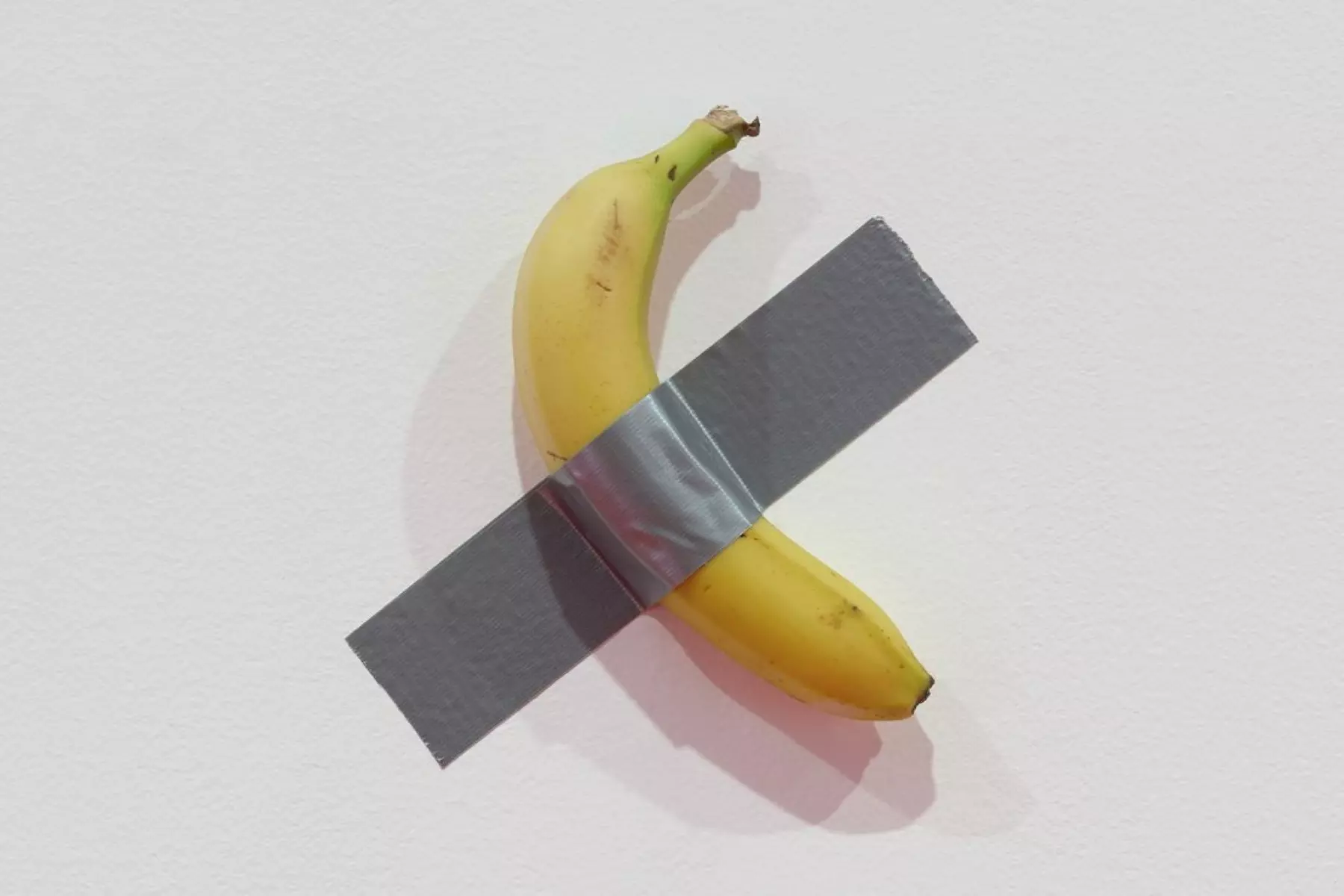
- Home
- India
- World
- Premium
- THE FEDERAL SPECIAL
- Analysis
- States
- Perspective
- Videos
- Sports
- Education
- Entertainment
- Elections
- Features
- Health
- Business
- Series
- In memoriam: Sheikh Mujibur Rahman
- Bishnoi's Men
- NEET TANGLE
- Economy Series
- Earth Day
- Kashmir’s Frozen Turbulence
- India@75
- The legend of Ramjanmabhoomi
- Liberalisation@30
- How to tame a dragon
- Celebrating biodiversity
- Farm Matters
- 50 days of solitude
- Bringing Migrants Home
- Budget 2020
- Jharkhand Votes
- The Federal Investigates
- The Federal Impact
- Vanishing Sand
- Gandhi @ 150
- Andhra Today
- Field report
- Operation Gulmarg
- Pandemic @1 Mn in India
- The Federal Year-End
- The Zero Year
- Science
- Brand studio
- Newsletter
- Elections 2024
- Events
- Home
- IndiaIndia
- World
- Analysis
- StatesStates
- PerspectivePerspective
- VideosVideos
- Sports
- Education
- Entertainment
- ElectionsElections
- Features
- Health
- BusinessBusiness
- Premium
- Loading...
Premium - Events

Italian artist Maurizio Cattelan’s banana fetching $6.2 million at Sotheby’s shows the art market is rotting from the inside, sustained by a culture of excess detached from the struggles of ordinary life
Every now and then, the art world flings at us something so outrageously outlandish, it sends us spiralling into existential contemplation on absurdity or human ingenuity — or lack thereof. The latest perpetrator of this pageantry? A banana duct-taped to a wall that fetched an astonishing $6.2 million at Sotheby’s recently. Yes, you read that right: six million dollars (about Rs 52 crore, a sum at which you could buy a house — if not a mansion — in Malibu or Manhattan or an island in the South Pacific) for a fruit so quotidian it’s not even counted as a fruit. Italian prankster-cum-artist Maurizio Cattelan’s Comedian has not merely pushed the boundaries of art; it has catapulted them into a realm where value becomes indistinguishable from spectacle, and where a fruit teetering on the edge of decomposition can embody the zeitgeist of a world gone bananas.
Cattelan, long celebrated (and derided) as the enfant terrible of contemporary art, has a knack for provoking incredulity. This is the man who gave us America (2016), a fully functional solid gold toilet worth £4.8 million that was stolen in a heist so perfectly satirical it felt scripted: it was ripped from a wood-panelled bathroom in 2019 from Blenheim Palace, where Winston Churchill was born; four men were charged for this in November 2023. But with Comedian, he managed to top even himself. The artwork consists, in all its minimalist glory, of a banana taped to a wall, sold with a certificate of authenticity and instructions for replacing the fruit as it decays. This isn’t Marcel Duchamp’s upside-down urinal (inarguably, the most absurd art event of the 20th century) whispering provocations from an avant-garde corner; this is Duchamp’s ghost duct-taping the concept of meaning itself and walking away chuckling.
Mirrors the inequities of the systems that sustain it
When Comedian debuted (and went viral) at Art Basel Miami Beach in 2019, it sold for a relatively modest $120,000-$150,000 per edition, three in total. According to Cattelan, the work was “conceived as a satirical jab at market speculation and asks the question, ‘On what basis does an object acquire value in the art system?’” The world responded not with solemn appreciation but with giddy pandemonium. Crowds gathered, memes proliferated, and a performance artist ate the banana on display, arguably outdoing the original joke. The ensuing chaos transformed Comedian into more than art; it became a cultural artefact, a pasquinade of value systems in the guise of conceptual, satirical and participatory art.
Also read I In defence of Swara Bhasker: Why she should not be vilified for her choices
In 2023, an art student from Seoul National University ate the centerpiece taped to a wall while it was on display at the Leeum Museum of Art in South Korea. When asked why, the student nonchalantly replied, “I was hungry.” This act of irreverent improvisation added a new layer of absurdity to the artwork. After consuming the banana, the student taped the peel back to the wall, leaving the museum staff to simply replace it with a fresh one. In the end, the performance became an unintended sequel to Cattelan’s critique of value and consumption, proving once again that art is, quite literally, what you make of it. Fast forward to 2024, and Comedian has once again turned heads, this time at Sotheby’s. The banana found a new owner in Justin Sun, a cryptocurrency mogul who paid $6.2 million for the privilege of owning — and eating — this ‘modern masterpiece’.
The absurdity of Comedian lies in its ephemerality
Sun, known for his penchant for the burlesque, declared that the banana bridges “art, memes, and cryptocurrency,” a phrase designed to lure both art critics and meme lords into feverish debate. To his credit, Comedian does feel like a perfect metaphor for a digital age dominated by viral absurdities. Replace the banana with an NFT or a meme stock, and the parallels become striking. In a world where Dogecoin can soar to billions in valuation based on a tweet, why shouldn’t a banana taped to a wall command millions? By eating the banana, Sun would effectively reduce the artwork to its documentation — a certificate of authenticity and a conversation about what, if anything, constitutes value. This act, when it will come to pass, will likely ignite another barrage of commentary, extending the banana’s lifespan well beyond its organic expiration date.
The brilliance — or sheer absurdity — of Comedian lies in its ephemerality. The artwork is not the banana itself but the idea of the banana, the discourse it generates, and the certificate that underwrites its authenticity. The fruit will rot; the certificate, theoretically, will endure. In this transience, Comedian becomes a sly critique of a world obsessed with permanence in the face of inevitable decay. But Cattelan’s joke squelches deeper. By placing an ordinary banana at the centre of a multimillion-dollar artwork (if at all we can call it that), he forces us to confront uncomfortable questions about value, privilege, and art’s role in a world increasingly defined by inequality. When millions struggle to afford a two-time meal, the notion of a $6.2 million fruit feels not just absurd but grotesque. And perhaps that’s the point: Comedian mirrors the absurd inequities of the systems that sustain it, offering no solutions, only a smirking reflection.
A parody of the art world, and us
Art as spectacle isn’t a modern invention. Andy Warhol turned soup cans into icons, Damien Hirst pickled sharks for posterity, and Jeff Koons inflated balloon dogs into cultural currency. What distinguishes Comedian, however, is its brazen simplicity. Cattelan didn’t craft his banana; he bought it. He didn’t elevate it; he taped it. And in doing so, he stripped the work of any pretence of craftsmanship, leaving only the idea — a gesture so audacious it feels inevitable in an age where clicks matter more than content. If Comedian feels like a parody of the art world, it’s also a parody of us, the spectators who keep the spectacle alive. For the banana has, over the years, become a social media sensation, a meme, a headline generator. It thrives on our collective gaze, on our willingness to debate, ridicule, and ultimately validate it. In this sense, Comedian is less an artwork and more a collaborative performance, with the audience unwittingly cast as both participant and subject.
Also read I Sabarmati Express, Godhra carnages: The wounds that remain hard to heal
Of course, the art world isn’t just in on the joke — it’s profiting from it. Comedian lays bare the monstrous excesses of a market where value is less about artistic merit and more about exclusivity, branding, and presentation. Buying Comedian isn’t about owning art; it’s about owning a piece of the conversation, a ticket to the elite club of those who can afford to turn absurdity into currency. But there’s a darker side to this farce. For all its wit and self-awareness, Comedian also underscores the growing chasm between the rarefied world of high art and the everyday realities of most people. The art market (a playground for the ultra-wealthy where money isn’t just spent — it’s performed), like the banana, is rotting from the inside, sustained by a culture of excess that feels increasingly detached from the struggles of ordinary life.
The final peel
So what are we left with, after the banana has browned and the hype has faded? Perhaps not much: a certificate of authenticity, a lingering sense of absurdity, and a question that refuses to go away — what is art worth? Cattelan doesn’t pretend to have the answer, and maybe that’s the genius of Comedian. It doesn’t resolve the paradoxes it raises; it simply duct-tapes them to a wall and lets us argue over them. Comedian isn’t about the banana. It’s about us — our values, our obsessions, our willingness to turn even the most mundane objects into monuments to meaning. And while the banana may rot, the questions it raises are far more enduring, a reminder that in a world where absurdity abounds, sometimes the only sane response is to laugh. Or, perhaps, to peel back the layers and see what’s inside.
Also read I No, Nirmala Sitharaman, patriarchy isn’t a ‘leftist jargon’; it’s the system we live in
Ultimately, the sale of Comedian is less about art and more about power. It underlines that the art market operates not on aesthetics or meaning but on extravaganza and scarcity. It tells us that the value of the art — like beauty — lies in the eye of the beholder. The sole banana might be a grand joke, but the $6.2 million price tag isn’t — it’s a symbol of an art world that chooses spectacle over substance, shallowness over depth, and memes over meaning. As for Justin Sun? He’s welcome to eat the banana (as he would have by now), but he might find that irony doesn’t taste as good as he hoped. And when the fruit is gone, all that will remain is a strip of duct tape on the wall (which he can keep replacing from a piece from his fruit bowl (that's if his fruit bowl also includes bananas) — a fitting monument to the ridiculousness of it all.
If this entire saga has left you peeling with laughter or split your sides like a banana, you’re not alone. From its slippery commentary on value to its potassium-packed symbolism, Comedian is clearly ripe for critique. The art world has gone bananas over it, even as sceptics think it’s gone too far past its sell-by date. But why stop at one? Perhaps Sotheby’s next auction will feature a “bunch” of bananas, doubling down on this fruitful spectacle. If nothing else, Cattelan has ensured the art world will never “ape” his particular brand of satire without a knowing smirk.

